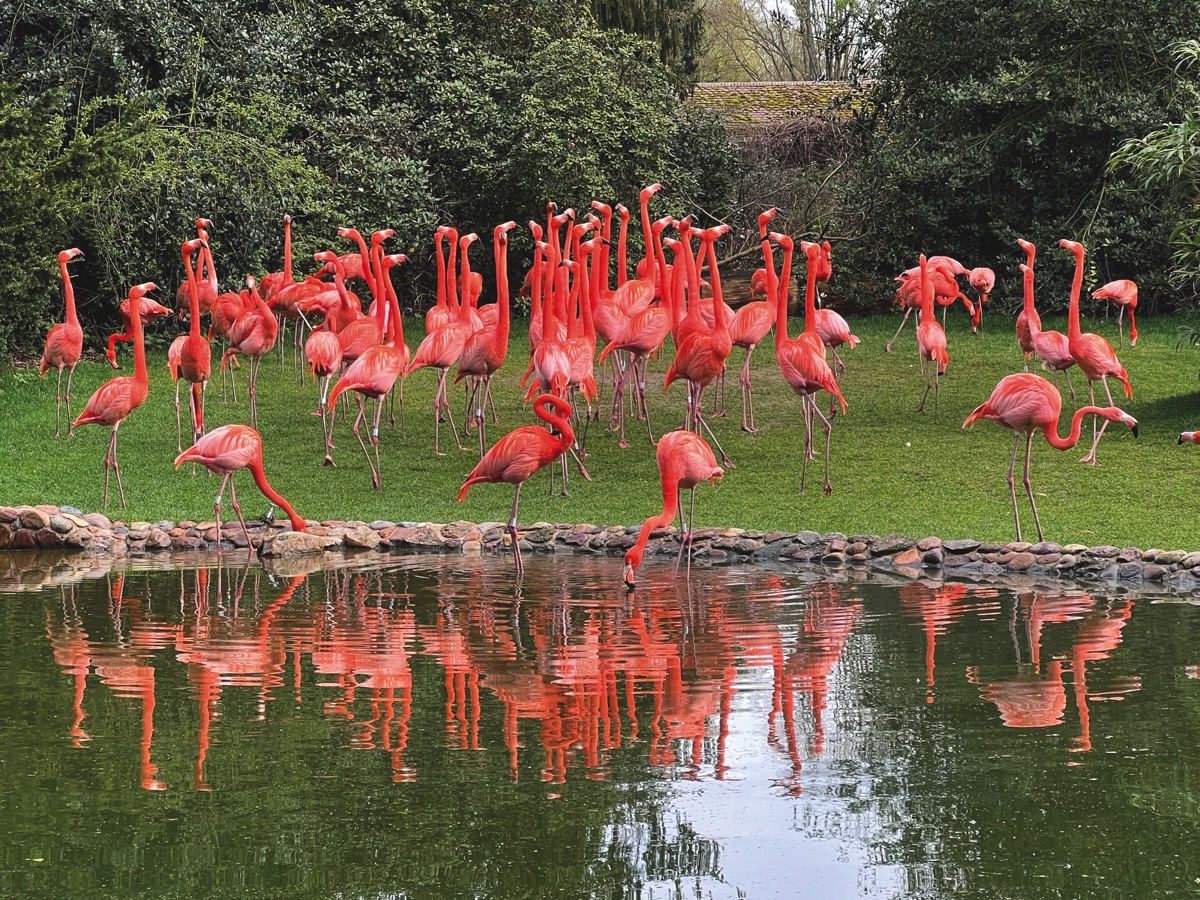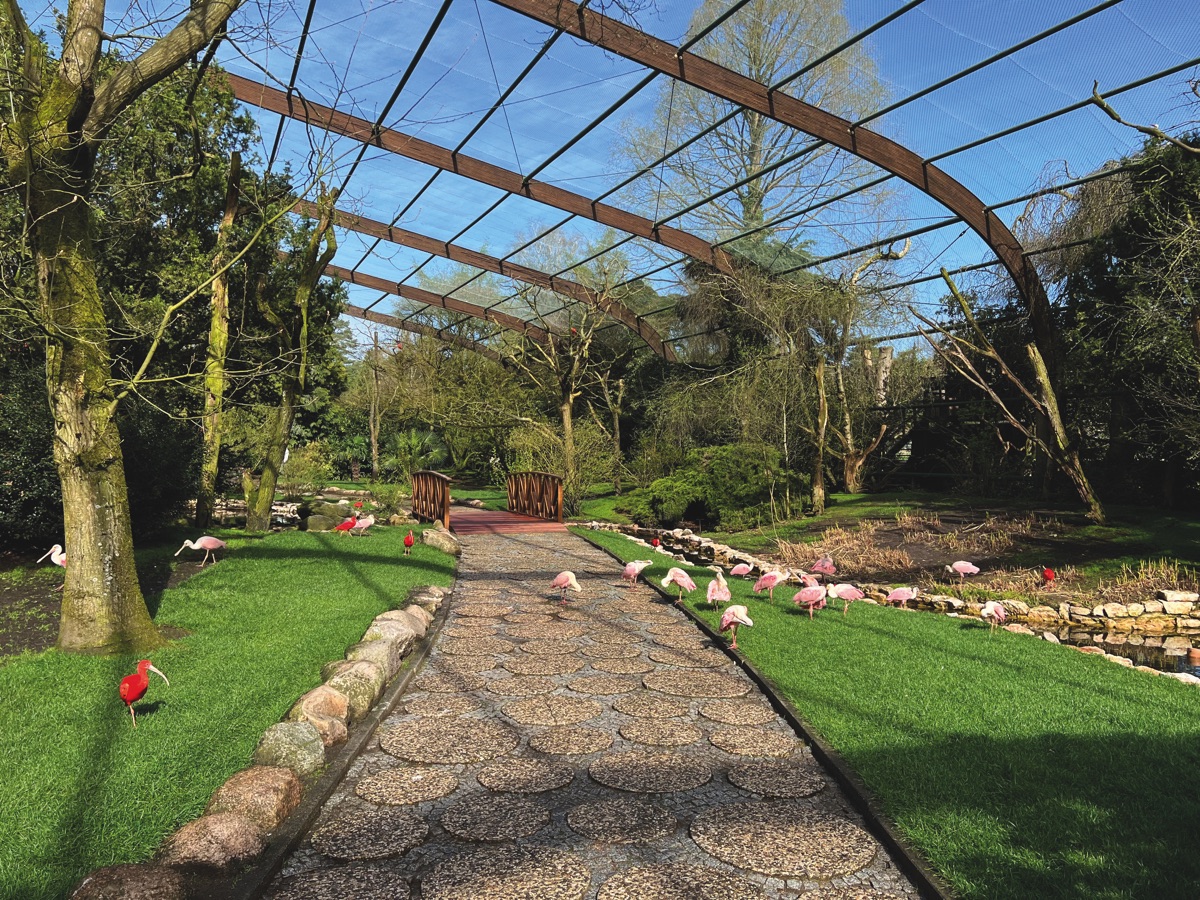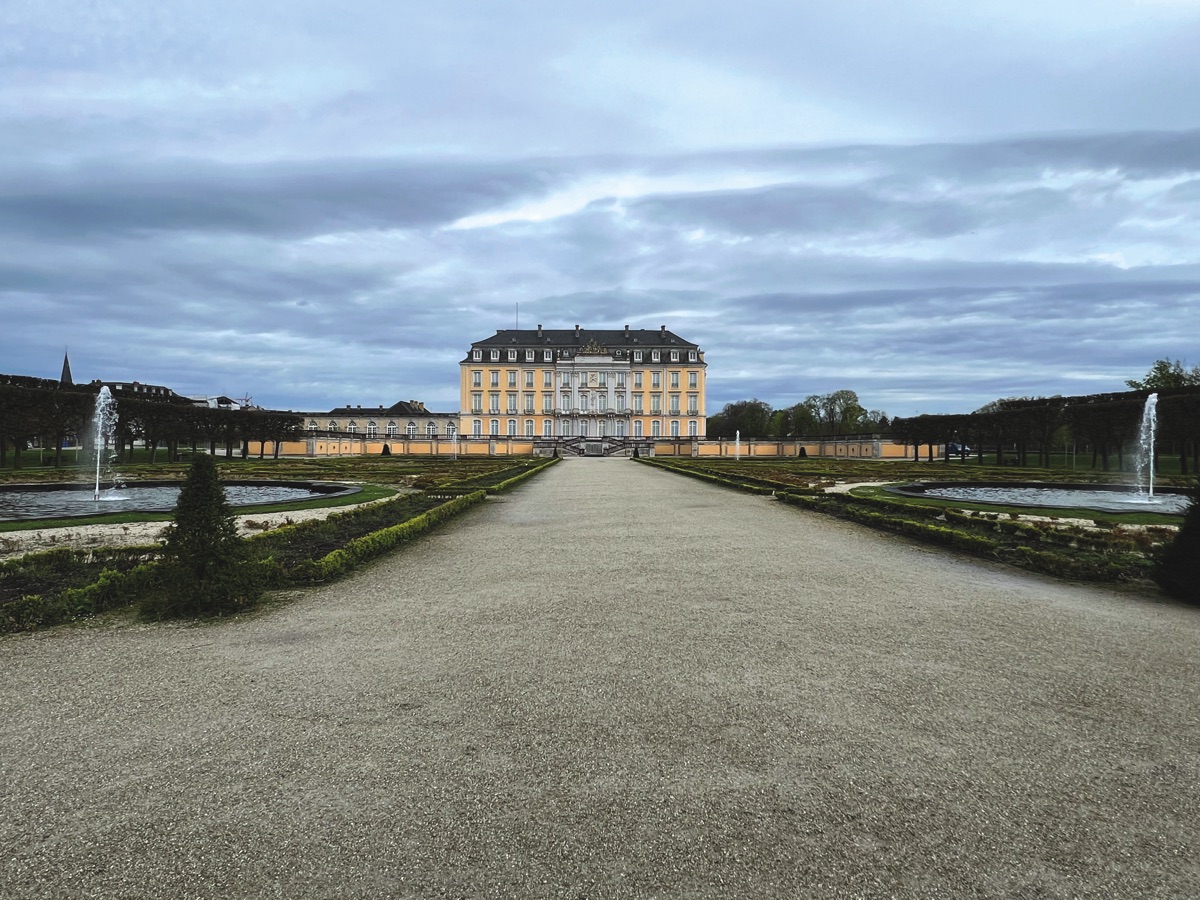
Text: M.Zisso; Photo: Václav Pavlas
In 2023, the Czech-German cross-border campaign Ahoj Nachbarn! – Hallo sousede! was created thanks to the cooperation of the CzechTourism office in Berlin and the German Tourist Board office in Prague. Residents of both cities also joined in, often posting on social networks and giving their neighbours tips on what to visit in their home countries. In order to be excellent neighbours, we decided to repeat last year’s successful trip and travel to Germany once again – since we believe that it is necessary to keep up our good habits.
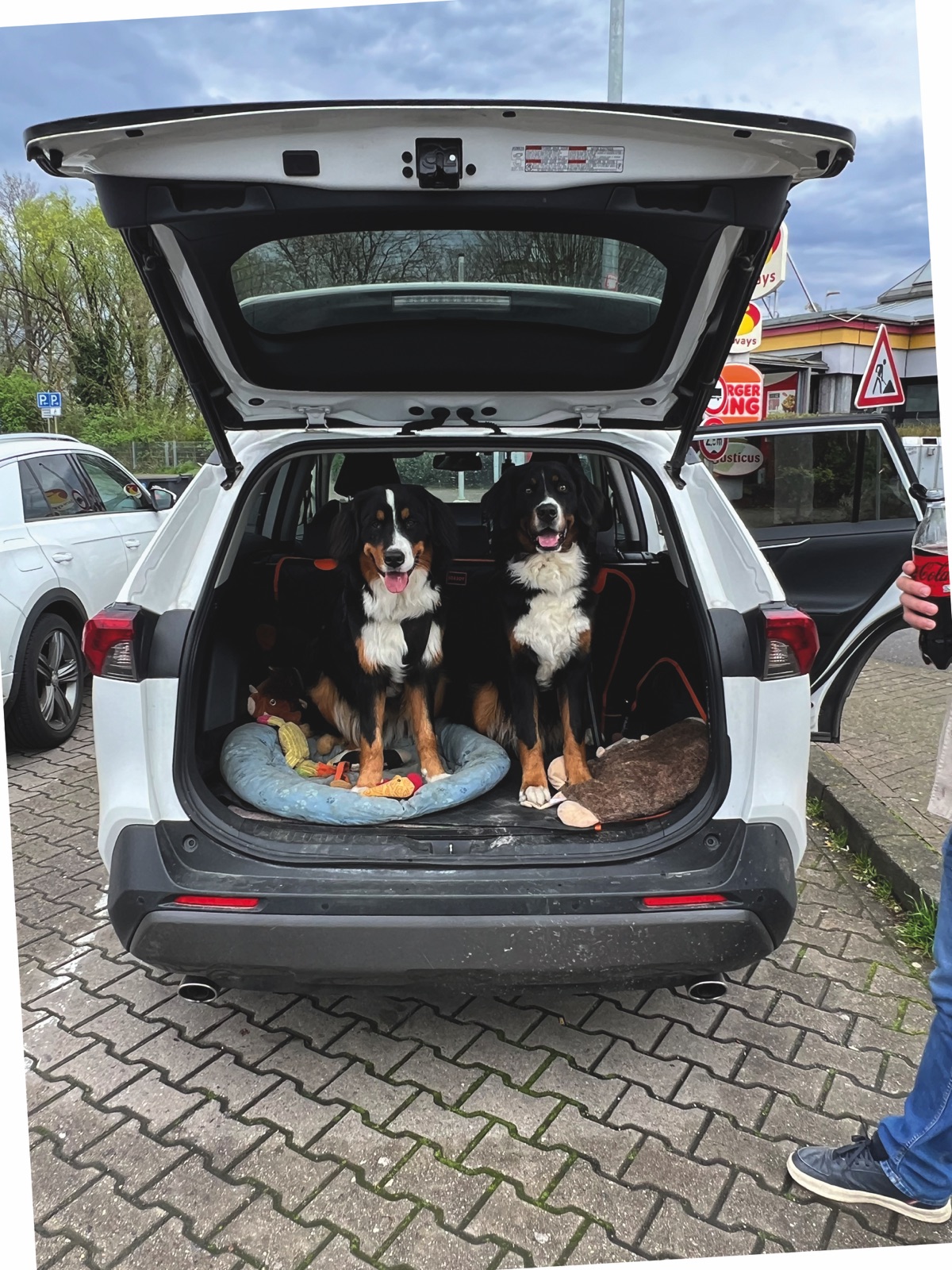
Sustainable tourism
Germany has long held the first place for the number of foreign tourists visiting the Czech Republic. “A total of 178,891 Germans arrived at domestic hotels in August 2023, which was 9% more than the year before, and even 13% more than in August 2019, before the Coronavirus pandemic. Among the foreigners who visited the Czech Republic, guests from Germany won an imaginary gold medal, they were the most,“ says František Reismüller, director of the Czech Tourism Center – CzechTourism.
“We focused primarily on sustainable tourism. Cross-border travel concerns not only attractive border areas, but also other regions of both countries,“ described Jan Pohaněl, head of the German Tourist Office for the Czech Republic, speaking about last year’s Czech-German cross-border campaign Ahoj Nachbarn! – Hallo sousede!.
To be not only good but excellent neighbours, we decided to keep up with our good habits and take yet another trip to Germany this year. This time to the north part, to the Bonn area. We loaded the car for a weekend trip with our two lovely dogs, who are happy to travel around, and set off.
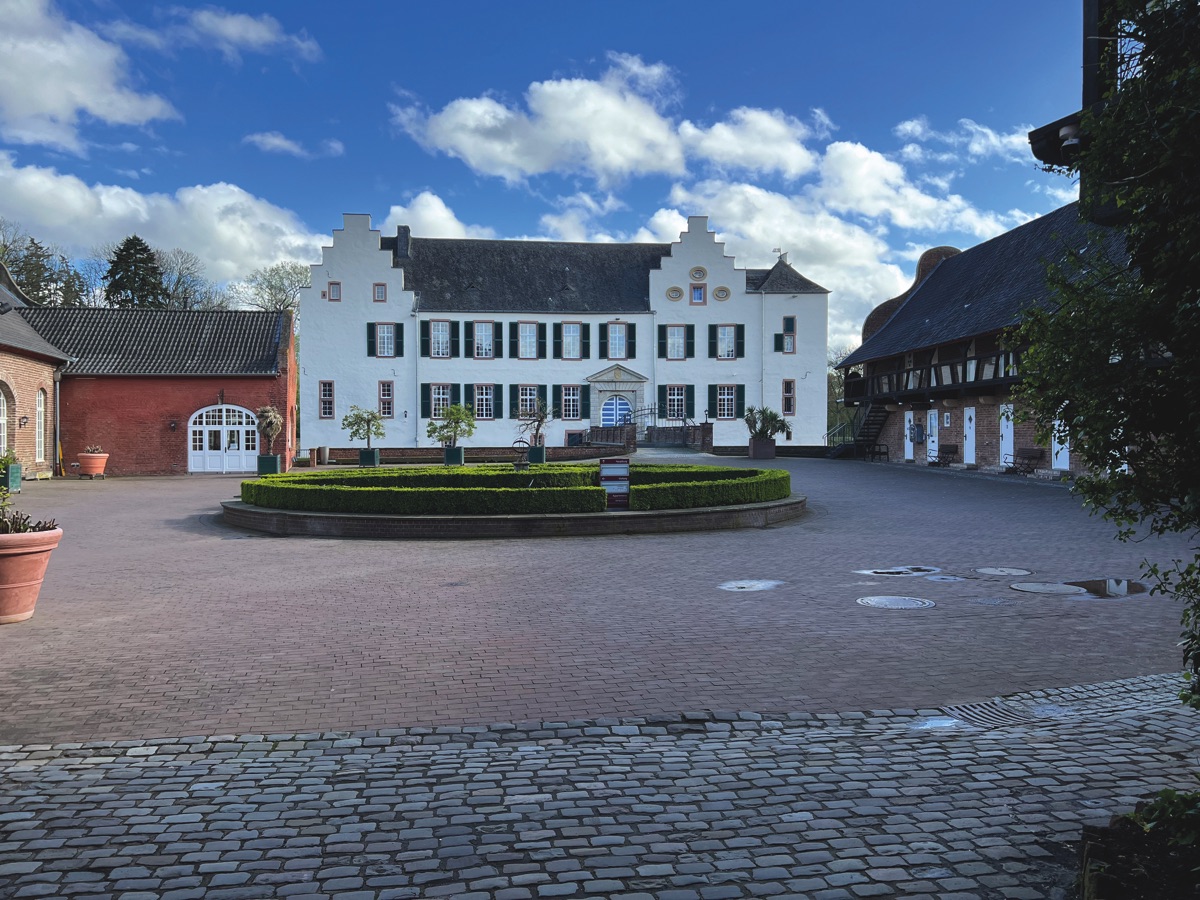
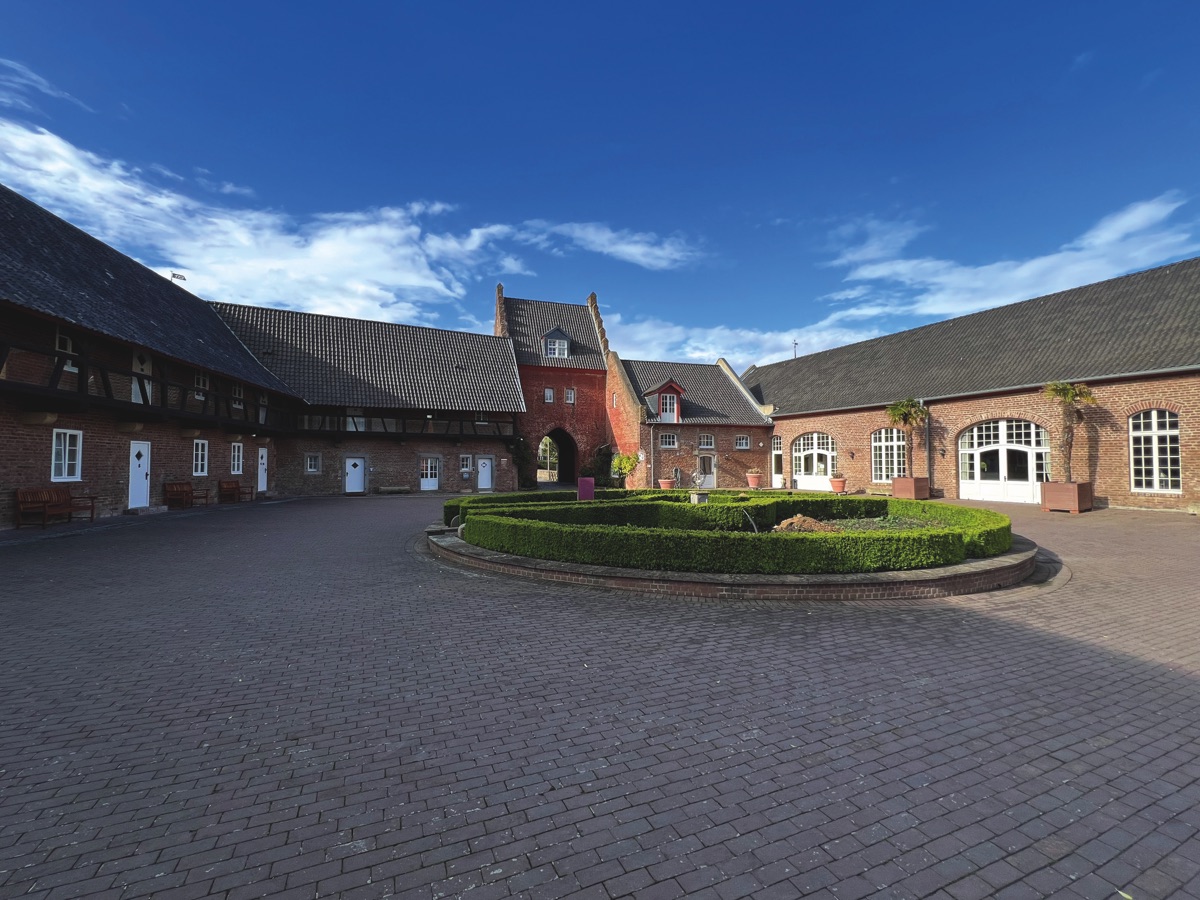
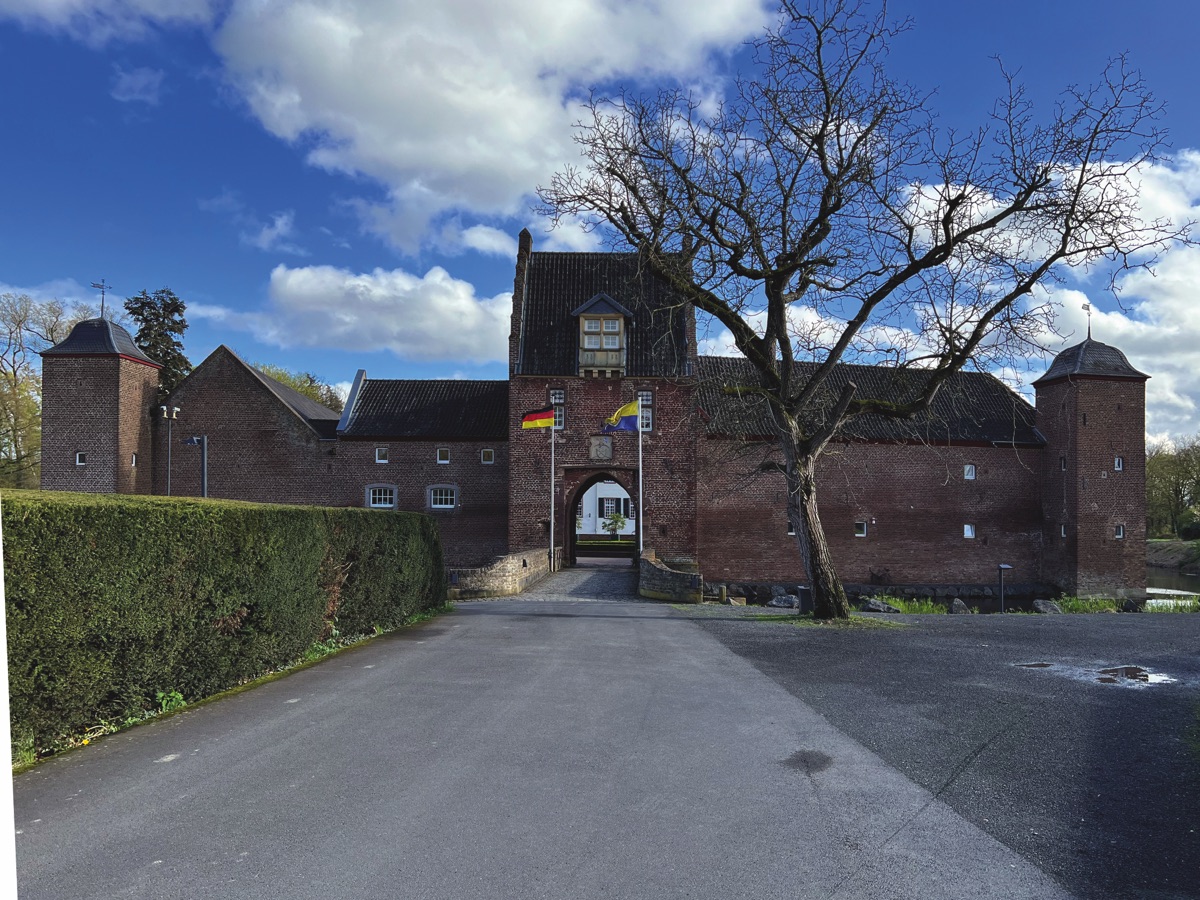
On the road
This time, it was a long drive – over 700km. With a few stops, it took us about eight hours.
The first stop was at Burg Heimerzheim, a historical landmark in Swisttal. This lovely historical castle offers nice hotel rooms, as well as facilities for major events. We appreciated the large parking lot, and noticed a few places for recharging electric cars. www.wasserburg-heimerzheim.de
Swisttal is a small, beautiful city with some good dog-friendly restaurants. In this part of Germany, asparagus season has just started, so we could enjoy a wonderful dinner made from local ingredients.
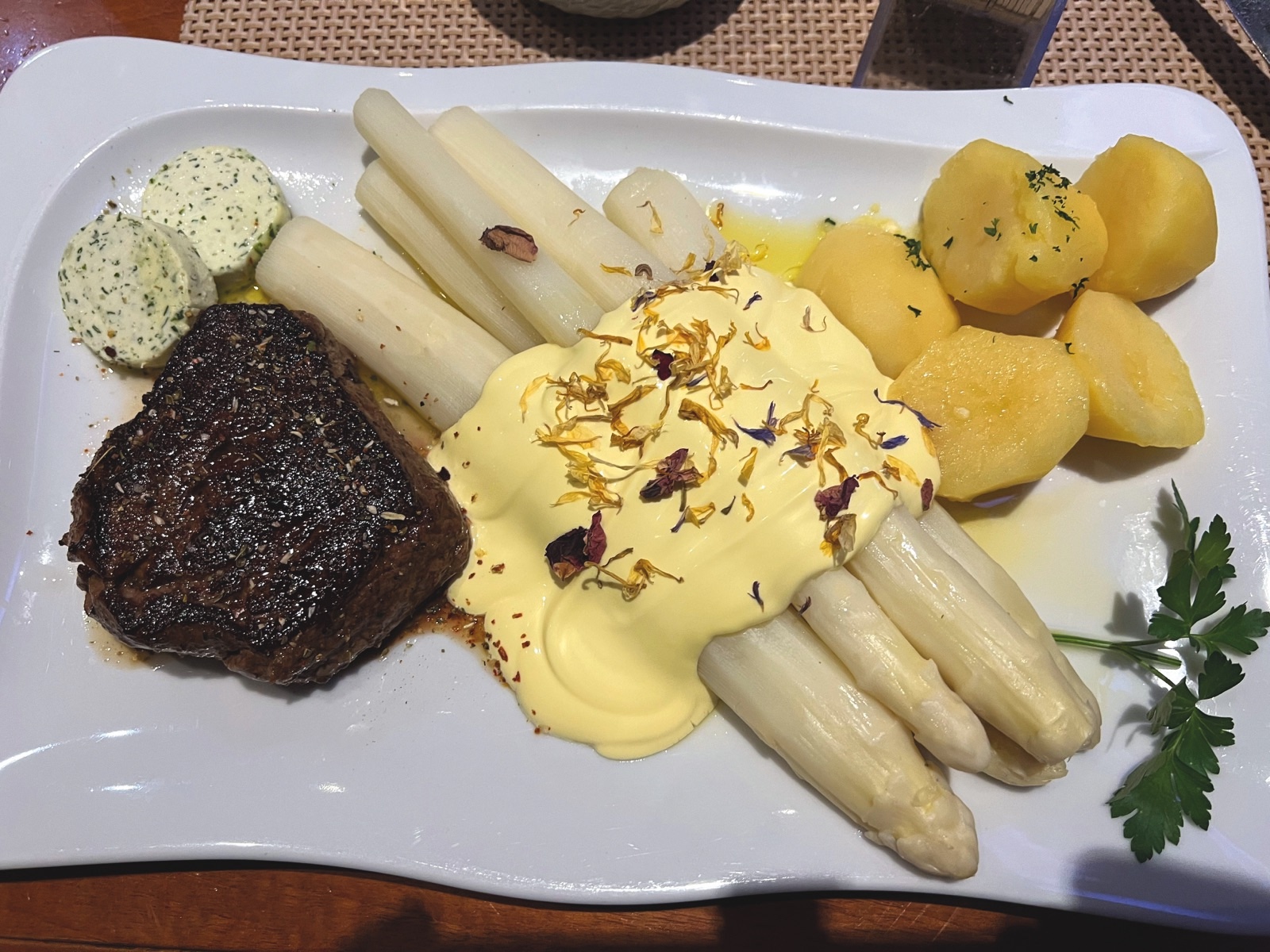
The next morning, after a delicious breakfast, we left for Brühl, North Rhine-Westphalia (about 25 km away), with our first destination for the day being Schlosskirche Sankt Maria von den Engeln. Built in 1491 and remodelled in the Baroque style in 1735, this church was almost destroyed during World War II. Luckily, they managed to reconstruct it in 1945, and re-open in 1953.
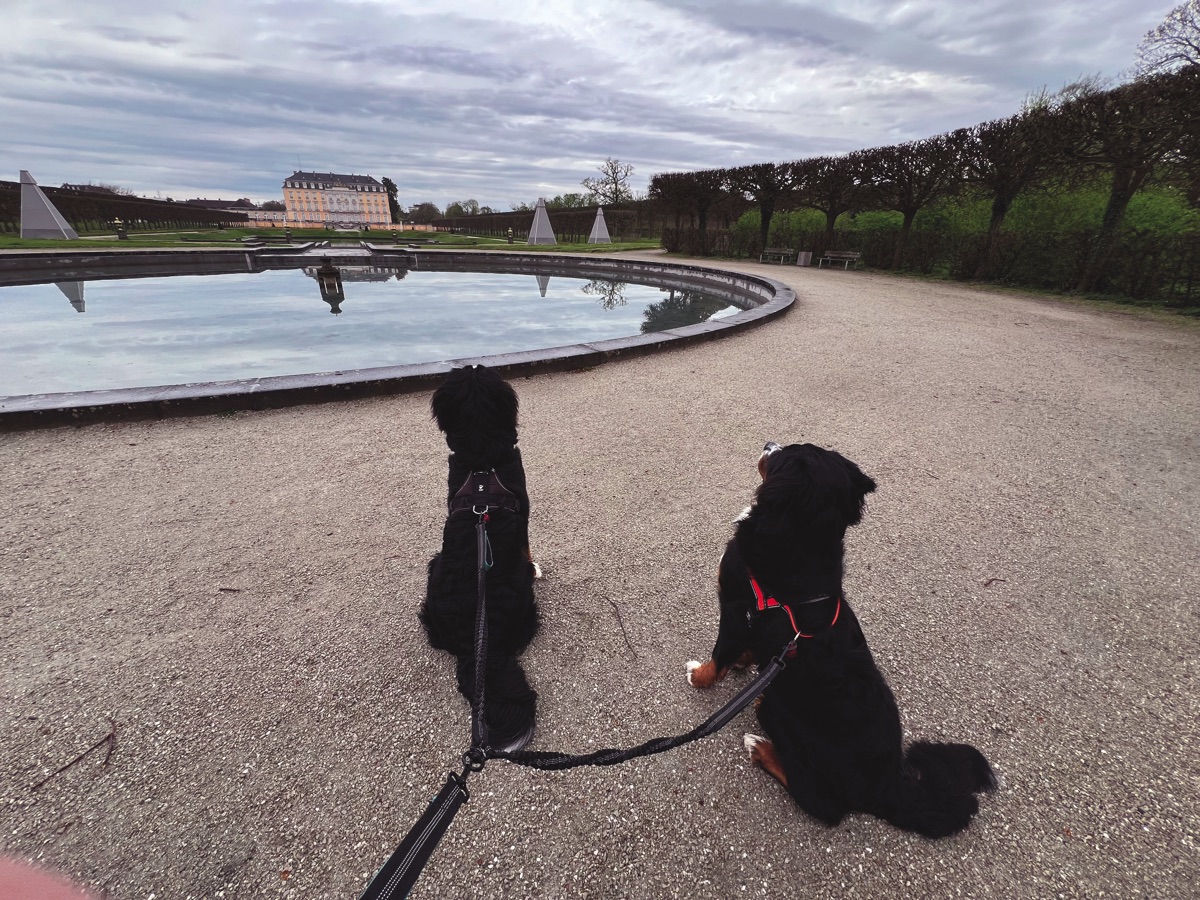
Our next stop was the UNESCO heritage complex of Augustusburg and Falkenlust Castles, the former residence of the prince bishop of Cologne. Built between 1729 and 1737, they represent the first Rococo style in Germany. Again, during World War II, this historical site was badly damaged, followed by a massive and lengthy restoration taking place from 1946 until 1996.
A large, beautiful Baroque Park surrounds the castles.
After finishing our guided tour, we drove to Hünzingen (365 km away, which took about 4 hours) to our next destination, the Ringhotel Forellenhof, which also offered a nice dog-friendly restaurant.
The next morning was the last of this German adventure. We decided to visit the Walsrode World Bird Park, or, as the Germans themselves call it, Weltvogelpark Walsrode. This time, our dogs were not allowed in, but were offered a nice safe place where we could leave them for a while.
Established over 25 years ago, this park is really unique – it is the largest bird park in the world in terms of species and land area. It covers 24 hectares, and houses about 4,000 birds of 600 species from every continent and climate zone in the world.
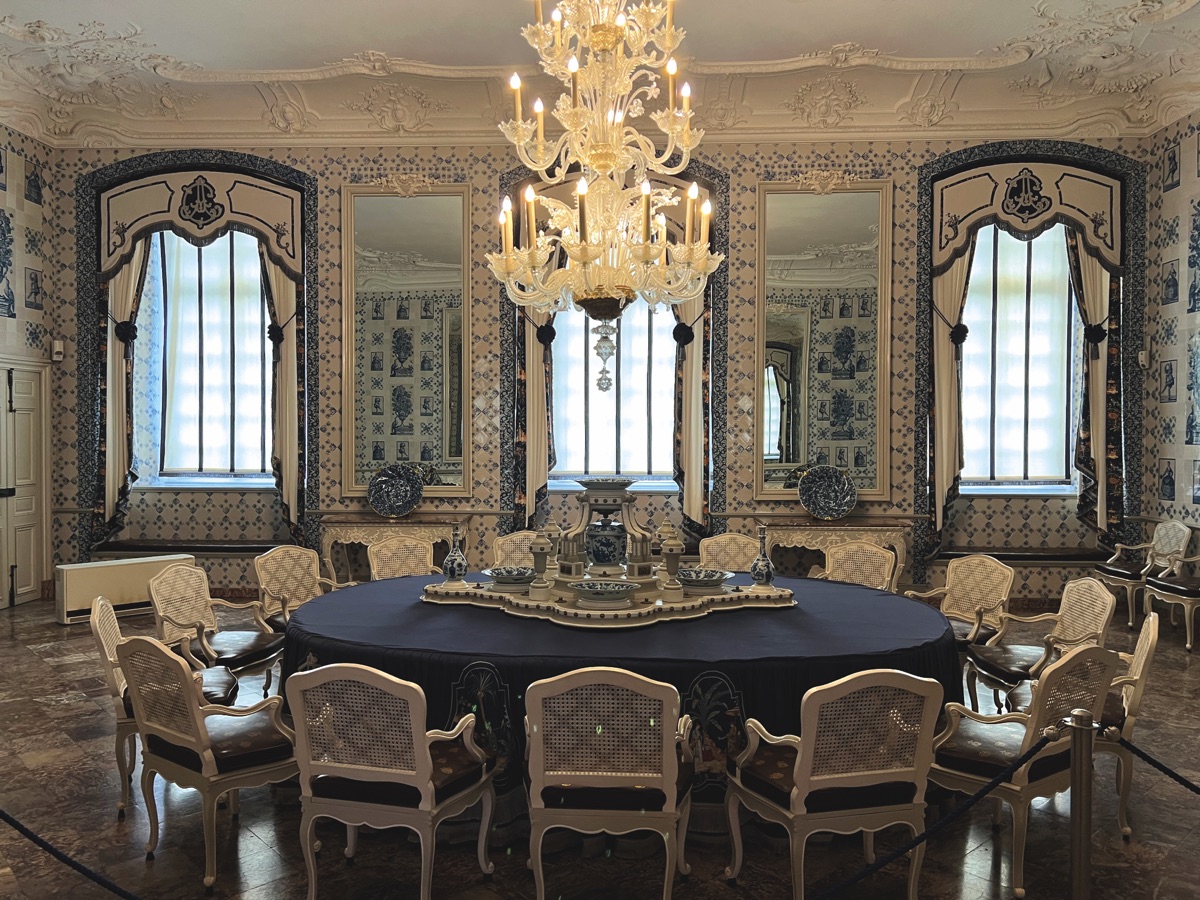
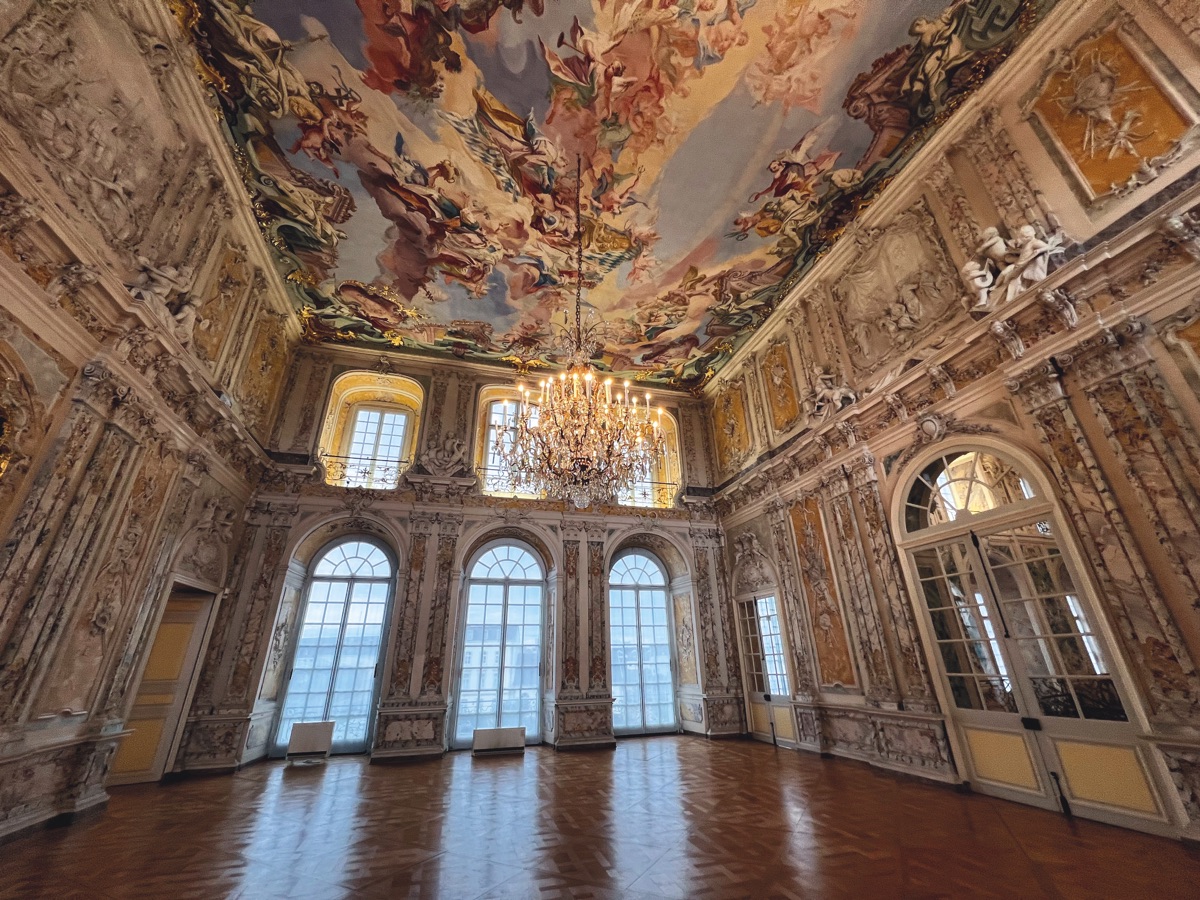
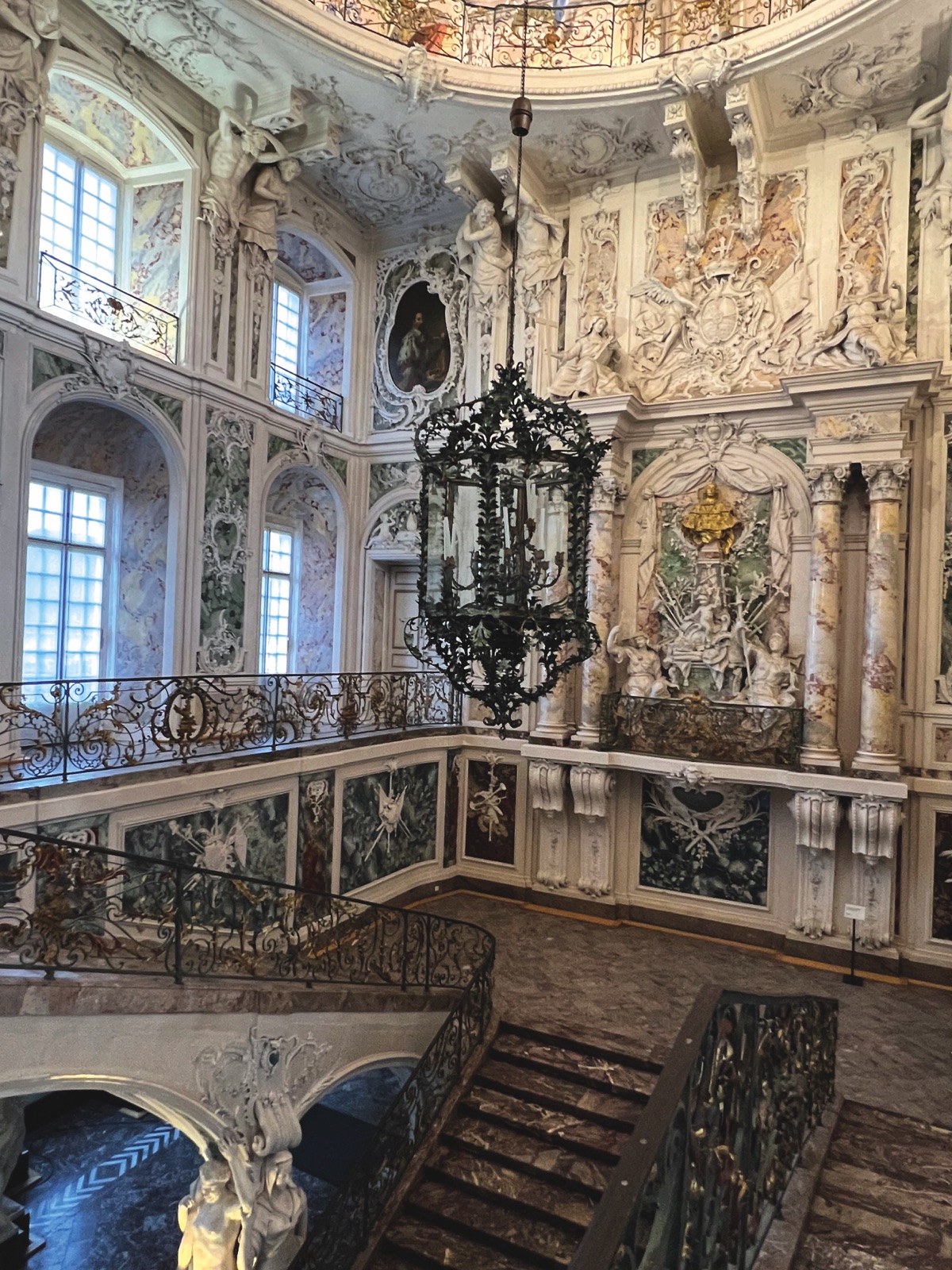
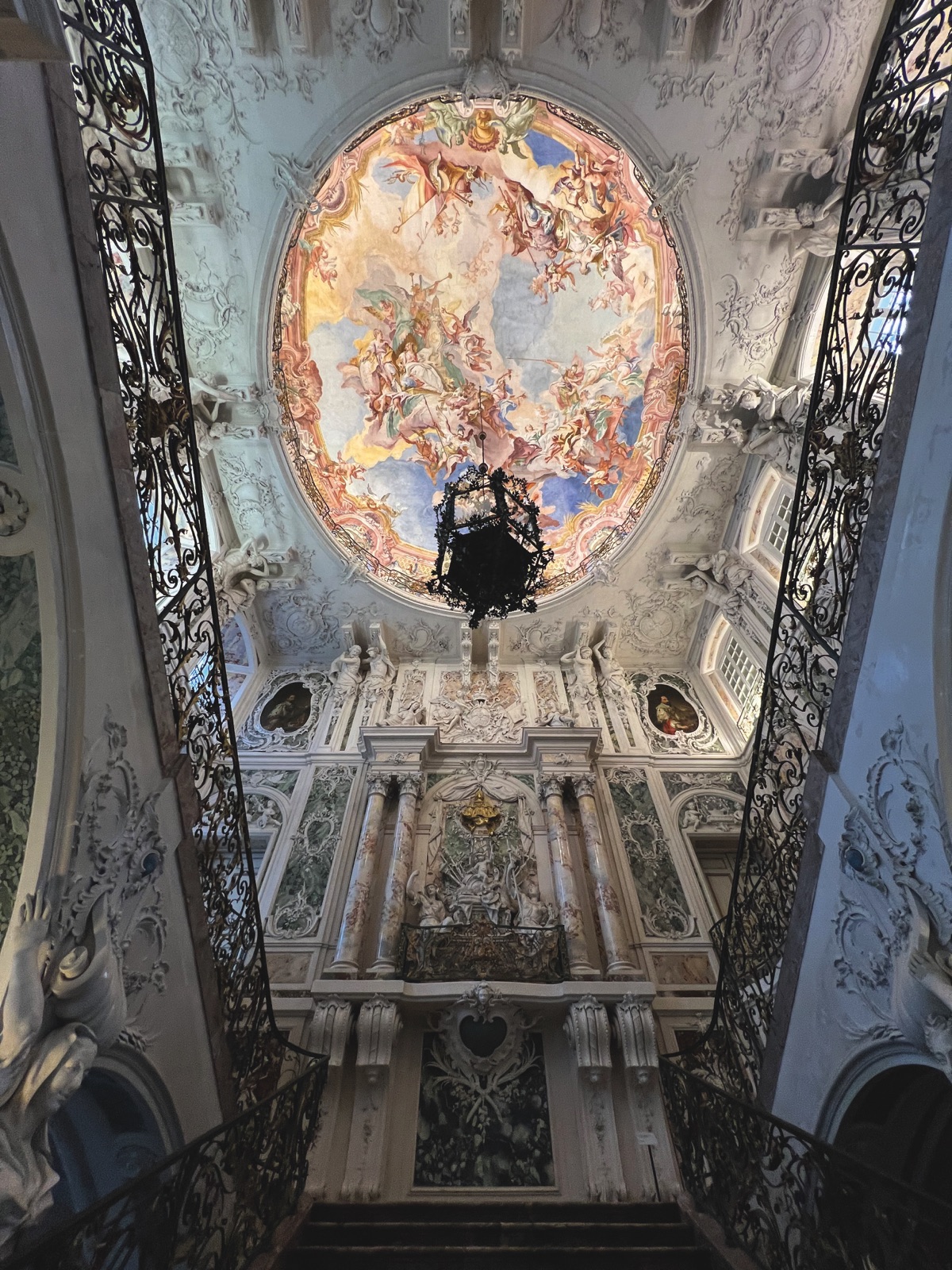
We can confirm that the way home is always shorter, so after 550 km (and about 6 hours of driving) we were happily back home in Prague.
